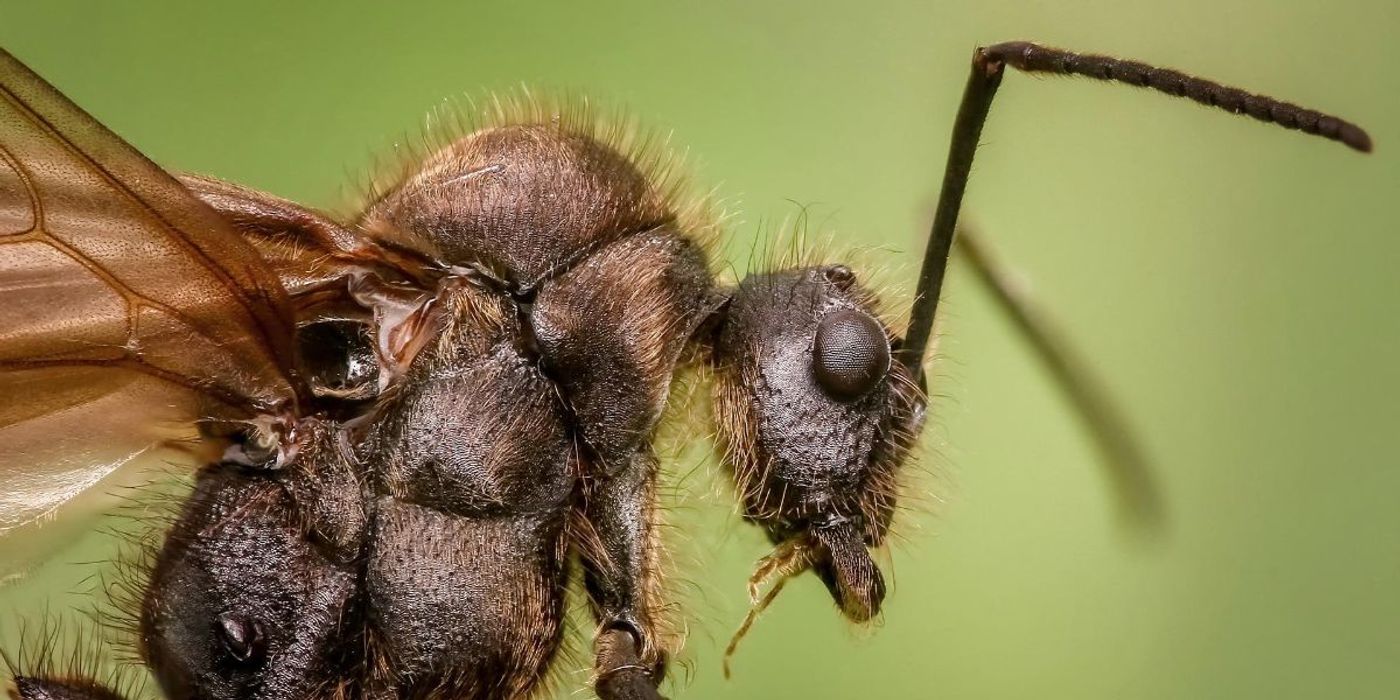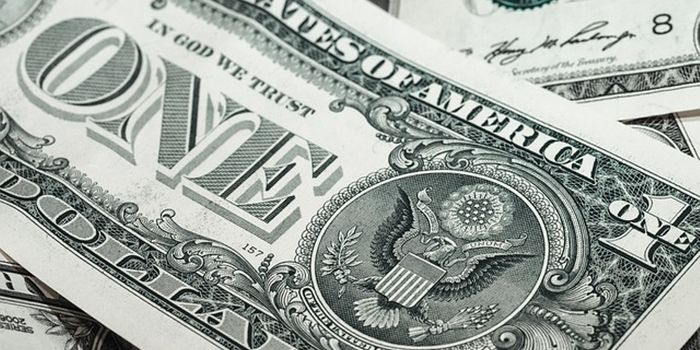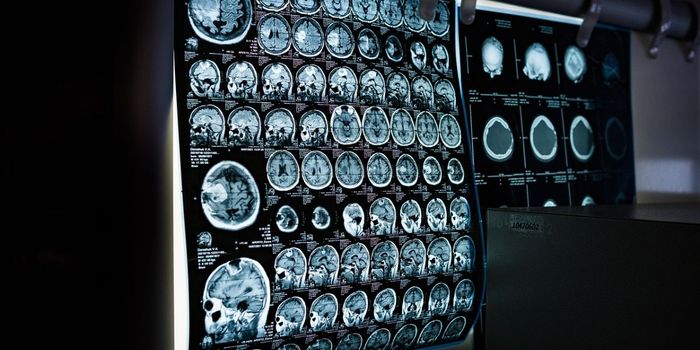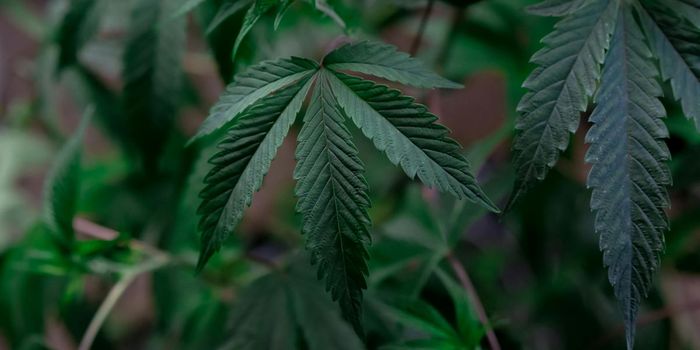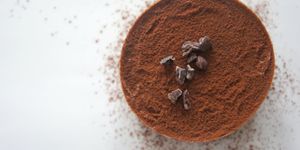Ant Colonies and Neural Networks Make Decisions in Similar Ways
Ant colonies make decisions similarly to neural networks in the brain. The corresponding study was published in PNAS.
At a basic level, decision-making may be conceived as a series of computations that seek to maximize benefits and minimize costs. One of the most fundamental and well-studied forms of decision-making is 'sensory response thresholding', which involves a sensory input that is compared with an internal variable to generate a binary neural, physiological or behavioral response. For example, an animal may detect heat, and if this heat passes a certain temperature, it may choose to move away from it.
In the current study, researchers sought to investigate how this type of information processing occurs on a collective level. To do so, they developed a system to observe how ant colonies responded to increases in temperature. To track individual and collective behavior, they marked each insect with different colored dots and followed their movements with a tracking camera.
In doing so, they found that temperature thresholds prompting ants to leave their nest depended on their colony size. Colonies comprising 36 workers and 18 larvae evacuated their nest when temperatures reached 34 degrees Celcius, whereas those with 200 individuals only evacuated once temperatures reached 36 degrees Celcius.
To explain this, the researchers hypothesized that ants' decision-making processes in groups might partially depend on pheromones- chemical factors that trigger a hormonal or behavioral response among members of the same species. A mathematical model they created showed that this mechanism could be a possible explanation. However, they noted that they are still unsure why larger colonies would require higher temperatures to evacuate than smaller ones.
Daniel Kronauer, Ph.D., Associate Professor and Investigator at Rockefeller University's Howard Hughes Medical Institute, one of the study's authors, suggested that a higher temperature threshold for a larger colony may be due to greater difficulties in relocating.
In the future, the researchers hope to refine their ant colony decision-making model by monitoring more parameters to see how ants respond. They noted, for example, that they could next tamper with pheromone levels in the ants' enclosure or create genetically altered ants with different abilities to detect temperature changes.
Sources: Neuroscience News, PNAS
